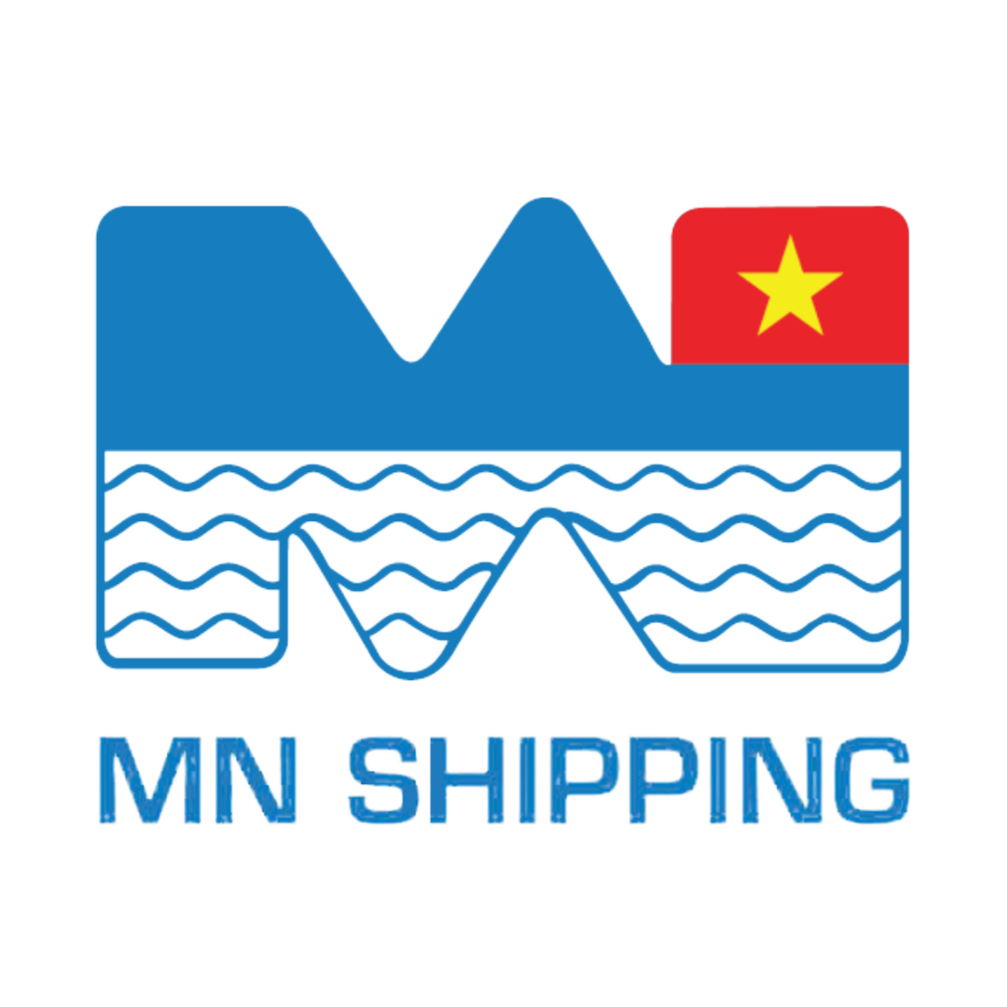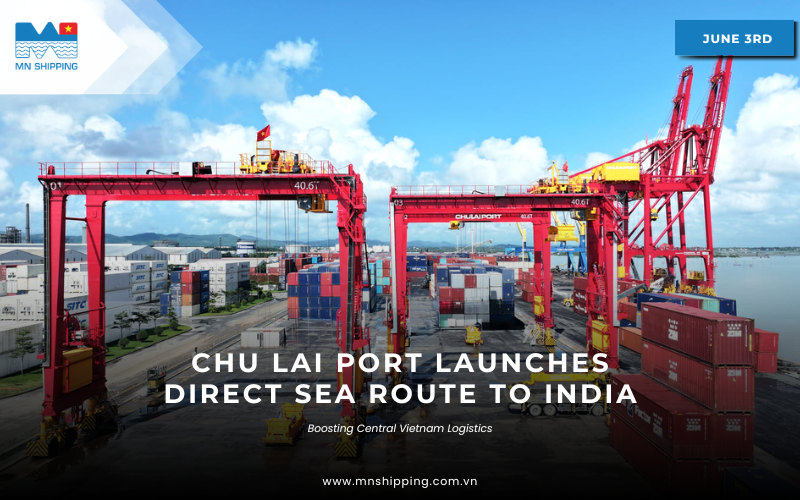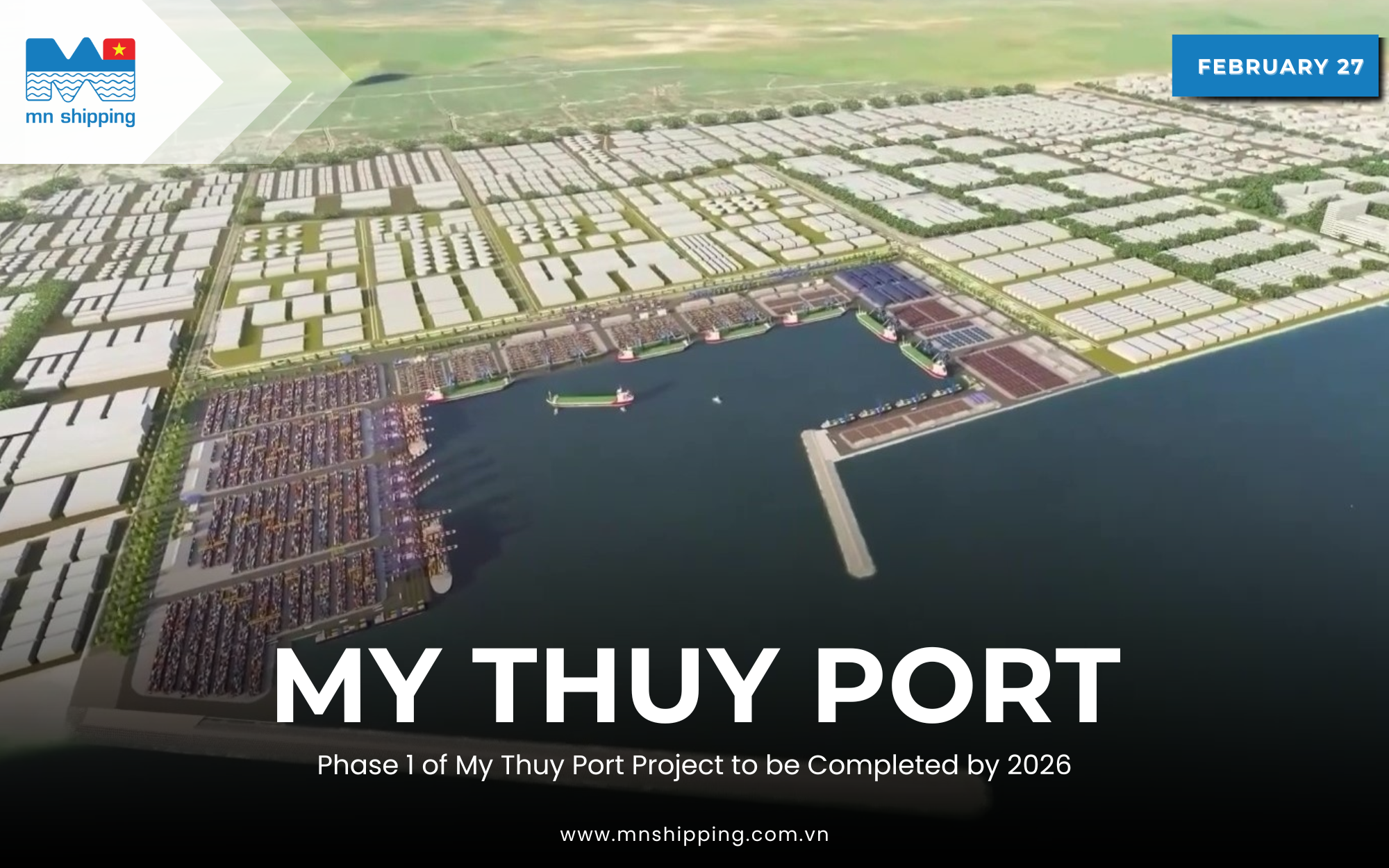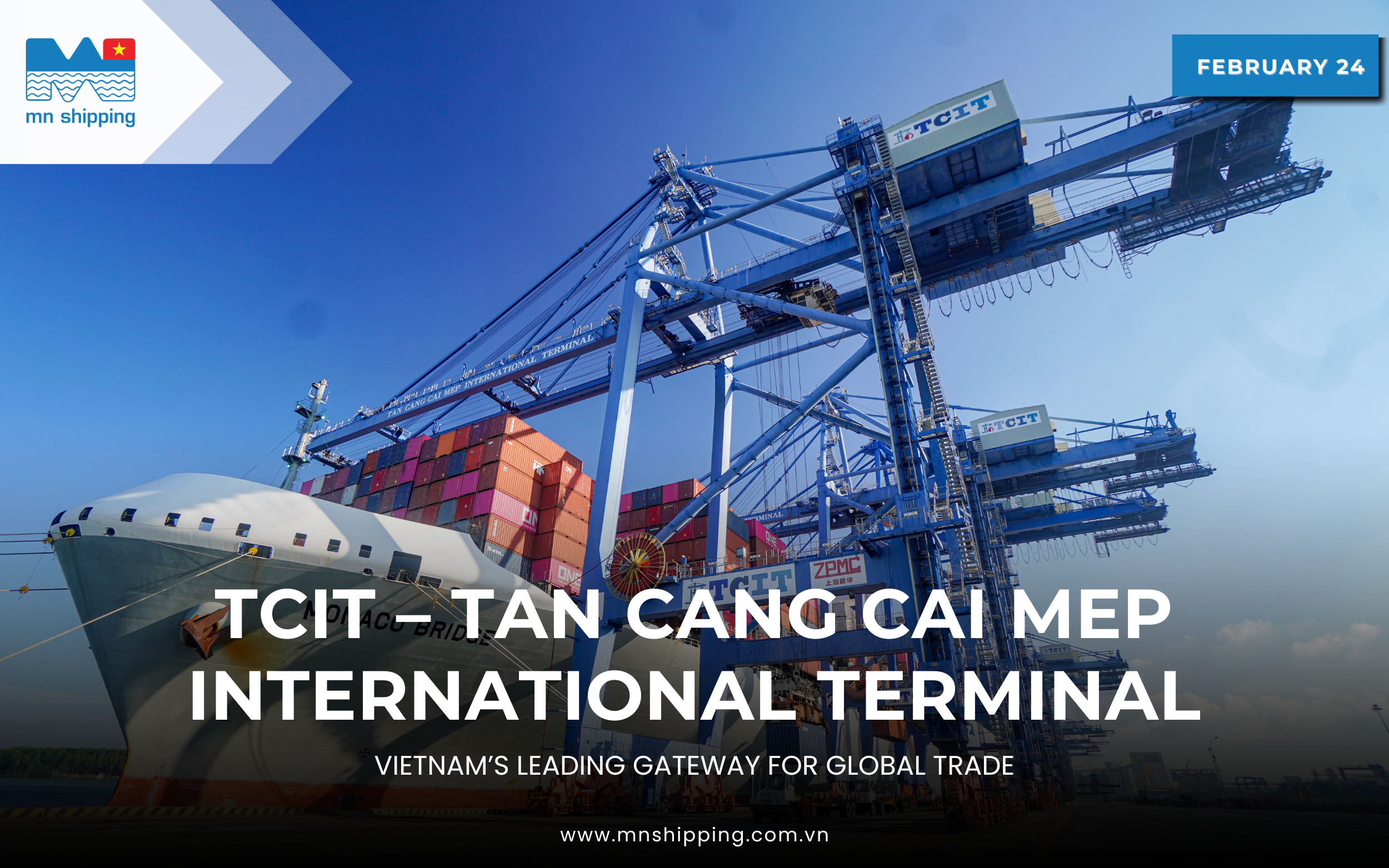In a defining moment for Vietnam’s central logistics infrastructure, Chu Lai Port in Quang Nam Province has enhanced its direct international sea freight route to India, following key infrastructure upgrades in mid-2025.
Launched in August 2024 by THILOGI (Truong Hai International Logistics), this direct maritime corridor marked the first international sea route from Central Vietnam to India, helping regional exporters bypass costly transshipment via Cat Lai (Ho Chi Minh City) or Hai Phong.
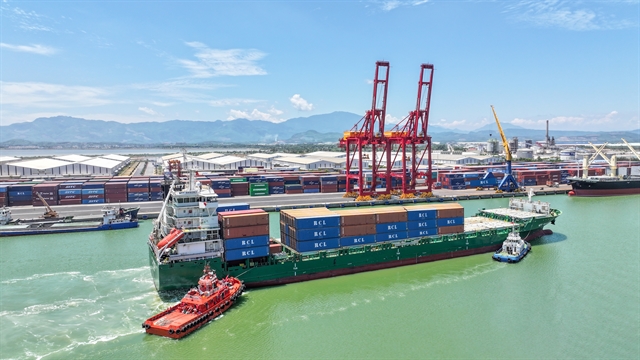
A Vision Unlocked by Infrastructure
The cornerstone of this breakthrough is the successful completion of the Ky Ha maritime channel dredging project, a critical infrastructure effort undertaken by THILOGI. This project has resolved a long-standing bottleneck in the region’s maritime logistics. According to Mr. Phan Van Ky, Director of Chu Lai International Port, the dredged channel now reaches a depth of 9.3 meters, with a bottom width of 110 meters and a total length of 11 kilometers. This enhancement allows the port to receive vessels of up to 30,000 DWT—an essential upgrade to enable large-scale international freight handling.
Previously, shippers from Central Vietnam relied heavily on transshipment through Cat Lai (Ho Chi Minh City) or Hai Phong, resulting in increased shipping times and costs. Now, with a direct route from Chu Lai to India’s major ports—Kolkata, Kattupalli, Chennai, Nhava Sheva, Cochin, and Mundra—regional exporters can avoid these costly detours.
Unlocking Potential Through Maritime Infrastructure Upgrades
At the heart of this breakthrough is the successful completion of the Ky Ha maritime channel dredging project, spearheaded by THILOGI (Truong Hai International Logistics), a subsidiary of THACO Group. This project has eliminated a major bottleneck limiting the capacity of Chu Lai Port.
- The Ky Ha channel now boasts a depth of 9.3 meters, a bottom width of 110 meters, and stretches over 11 kilometers.
- Thanks to these improvements, the port can accommodate vessels up to 30,000 DWT (deadweight tonnage).
- This allows Chu Lai to handle larger cargo volumes and heavier ships than ever before.
Previously, businesses in Central Vietnam relied heavily on transshipment hubs like Cat Lai in Ho Chi Minh City or Hai Phong Port, which increased both shipping time and costs. The new infrastructure allows for direct maritime routes, significantly streamlining logistics.
The Chu Lai – India Route: A Direct Maritime Corridor
The direct shipping line connects Chu Lai Port with major Indian ports including Kolkata, Kattupalli, Chennai, Nhava Sheva, Cochin, and Mundra. This is the first direct international sea freight route linking Central Vietnam to the South Asian market.
Why this matters:
- Trade between Vietnam and India surged to $15.6 billion in 2024, with Vietnam exporting $8.1 billion worth of goods such as electronics, textiles, agricultural products, and mechanical components.
- The route reduces transit times dramatically: shipments now take 12–14 days compared to the 22–25 days previously required via transshipment.
- Logistics costs can be lowered by up to 20%, improving competitiveness for Vietnamese exporters.
According to Mr. Quek Chun Guan, Southeast Asia Director of Regional Container Lines (RCL)—the Thai shipping partner collaborating on this route—the direct connection fosters stronger bilateral trade and gives Vietnamese enterprises direct access to India’s vast market of 1.4 billion consumers with a GDP of $3.7 trillion.
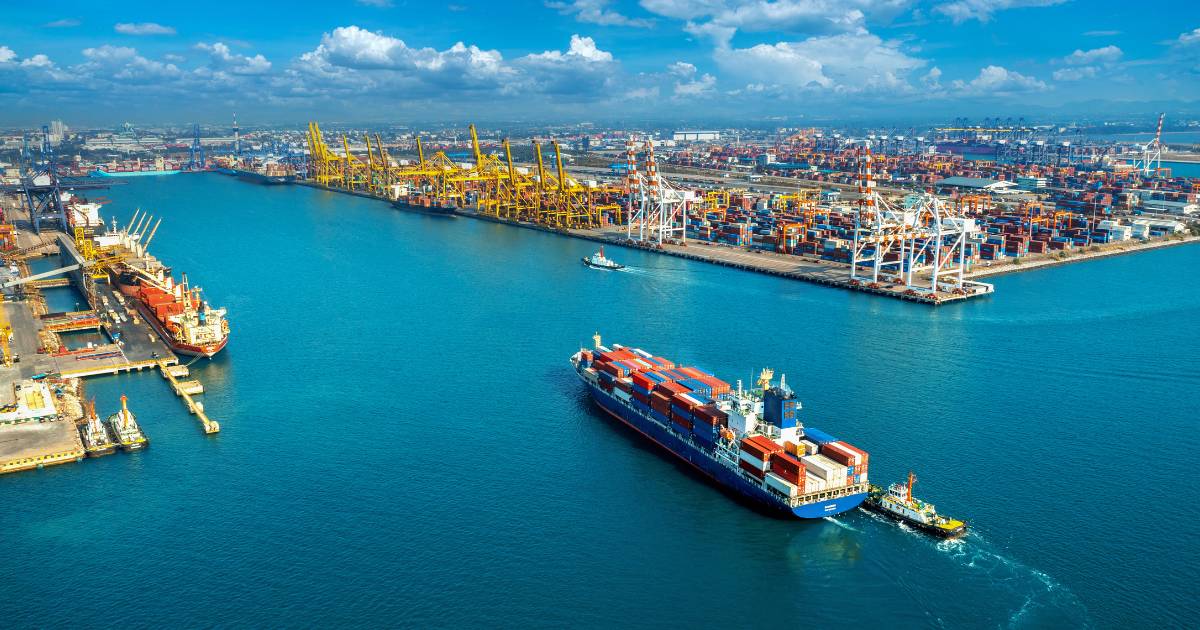
From Central Vietnam to South Asia: A New Maritime Corridor
The direct shipping line to India signifies the first such service from Central Vietnam to South Asia. This development connects Chu Lai Port directly to one of the world’s fastest-growing markets. In 2024, trade between Vietnam and India reached $15.6 billion, with Vietnam exporting $8.1 billion in electronics, textiles, agricultural products, and mechanical goods. India’s growing demand for imports makes this route especially timely.
According to RCL (Regional Container Lines), the Thai shipping partner collaborating with THILOGI, the new service can reduce transit time to 12–14 days, compared to the 22–25 days via traditional transshipment. Logistics costs are expected to drop by up to 20%, creating new export opportunities for Vietnamese SMEs and large-scale manufacturers alike.
Mr. Quek Chun Guan, Southeast Asia Director of RCL, emphasized that the direct route not only improves shipping time and cost-efficiency but also fosters stronger bilateral trade. By bypassing intermediary ports, Vietnamese enterprises gain direct access to India’s 1.4 billion consumers and a $3.7 trillion economy.
The Role of THILOGI and the Quang Nam Government
This logistics transformation stems from long-term strategic planning by THILOGI, under the broader vision of THACO Group. With strong support from the Quang Nam provincial government and coordination from the Ministry of Construction, the infrastructure upgrade aligns with Vietnam’s national port development masterplan.
THILOGI is pursuing an integrated logistics ecosystem—combining seaport operations, transportation, warehousing, export-import services, and smart logistics technology. The Ky Ha dredging project, with an investment exceeding VND 480 billion (~$19.2 million USD), exemplifies this approach and sets a solid foundation for continued growth.
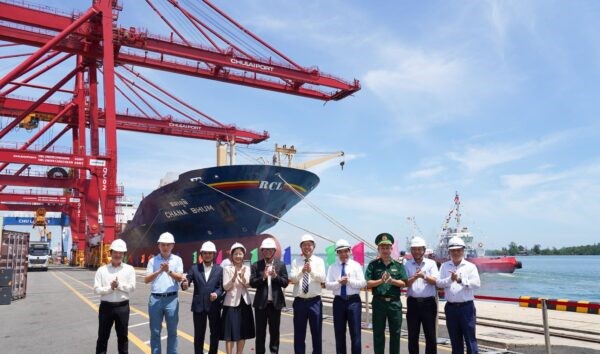
Benefits for the Central Economic Region
This new shipping route positions Chu Lai Port as a logistics gateway not just for Quang Nam but for the entire central economic region—including Da Nang, Quang Ngai, Binh Dinh, and the Central Highlands. It enhances the competitiveness of industries such as:
- Textiles and garments
- Electronics and mechanical parts
- Agricultural exports (pepper, coffee, seafood)
- Wood processing and furniture
Companies in the region now enjoy reduced inland trucking (saving 2–4 days) and avoid delays and fees at congested southern ports. The Chu Lai–India route directly links Vietnam’s industrial heartland to South Asia, streamlining supply chains and improving inventory control.
National and Regional Strategic Implications
Chu Lai Port is featured prominently in Quang Nam’s masterplan to 2030, with a vision to 2045. The port is envisioned as a multi-modal logistics hub connecting East-West economic corridors and linking to Laos, Northeast Thailand, and Northern Cambodia.
The port is forecasted to handle 8.5–10.3 million tons of cargo annually by 2030. This growth is expected to drive investment into the region’s manufacturing and processing industries, particularly in high-value sectors such as automotive, electronics, and agribusiness.
To support this, THILOGI is expanding its fleet, upgrading warehousing infrastructure, and introducing smart logistics systems aligned with global green supply chain standards. Their goal: to transform Chu Lai into a Tier-1 international logistics center by 2030, operating under a comprehensive model that integrates port services, logistics, industry, and digital management.
A Milestone That Rewrites Vietnam’s Logistics Map
For years, the central region of Vietnam has lagged behind in terms of direct international logistics access. The Chu Lai–India route marks a pivotal shift. Instead of relying on the north or south, the central provinces now have their own maritime gateway.
Mr. Le Van Dung, Chairman of the Quang Nam People’s Committee, described the project as a bold step forward in modernizing maritime infrastructure and enhancing regional economic competitiveness. More importantly, it lays the groundwork for Central Vietnam to become a dynamic part of global supply chains.
This move also fits squarely within Vietnam’s broader trade strategy: diversifying export markets, enhancing trade logistics, and reducing dependency on traditional chokepoints.

Conclusion: Chu Lai Port on the Global Stage
With infrastructure now in place and the first direct service to India operational since August 2024, Chu Lai Port is emerging as a vital node in global trade. The dredging of the Ky Ha channel, partnership with RCL, and support from national and provincial governments have collectively set the stage for Central Vietnam’s leap onto the international logistics map.
Businesses, investors, and supply chain planners should take note: Chu Lai Port is no longer a regional backwater—it is now a strategic launchpad for Vietnam’s next wave of trade expansion into South Asia and beyond.
Source: Baomoi
Check out this article: Vietnam Port Expansion 2024: Opportunities and Challenges for the Logistics Industry
